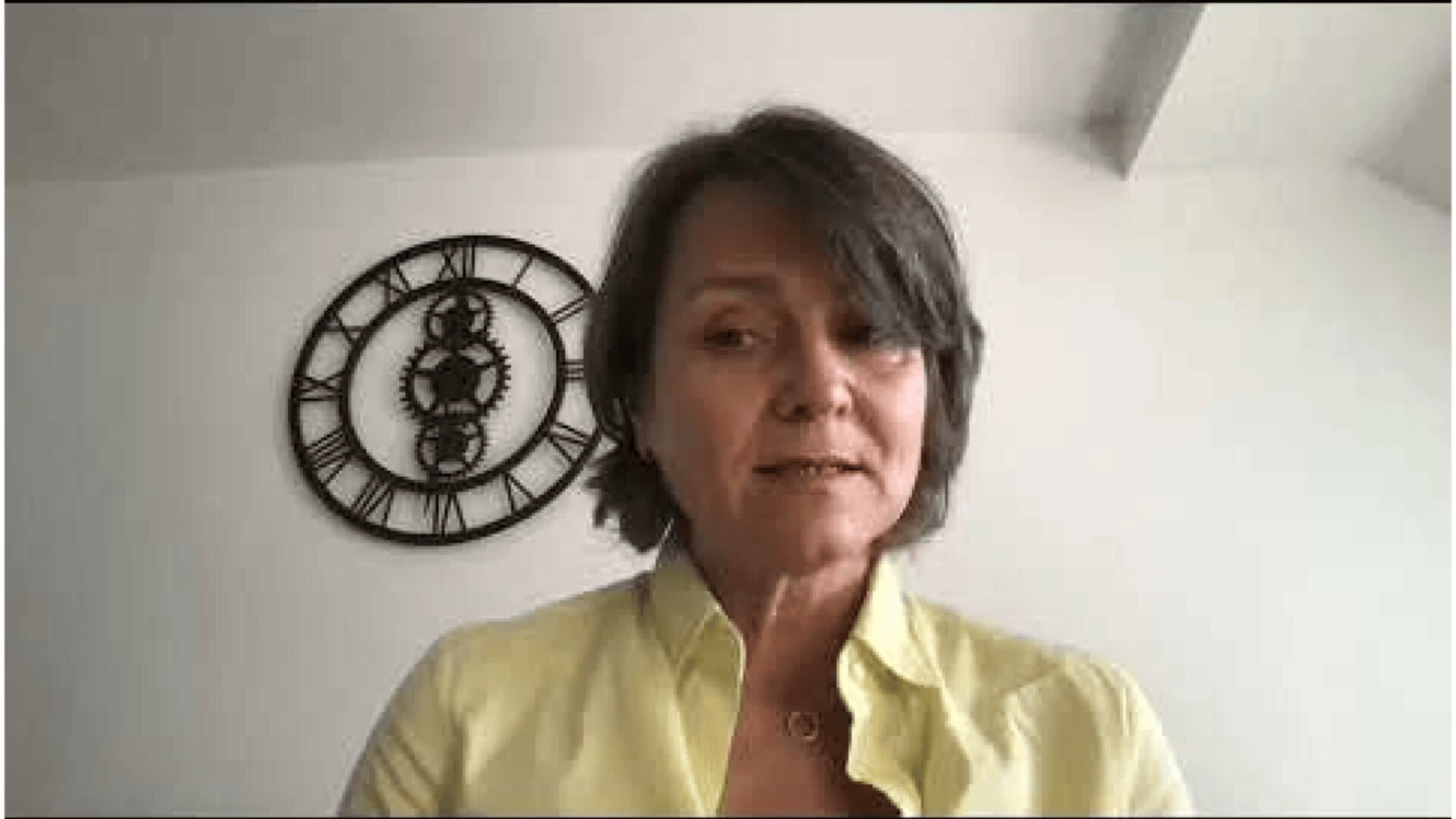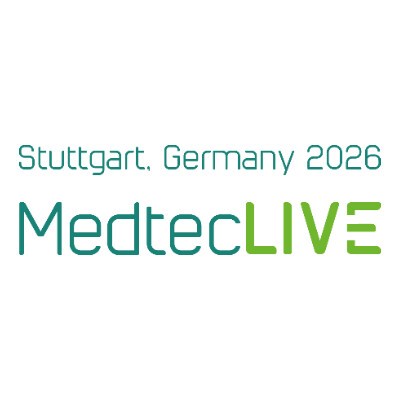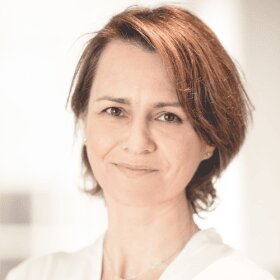Surfaces with function: high-speed lasers make life difficult for bacteria
Modifying surfaces using laser technology is nothing new. But doing it cost-effectively and in large quantities is. Surfunction has the expertise to do this. The Saarbrücken-based start-up functionalises surfaces of implants or surgical instruments so that harmful germs don't stand a chance.
The advantages of optimised surfaces can be seen in nature: the shark, for example, whose skin with its tiny mountains and valleys allows it to glide through water with virtually no frictional losses. Or the iridescent colours on butterfly wings: They are not created by colour pigments, but by complex nanostructures.
Reproducing these natural phenomena on an industrial scale was a problem that took a long time to solve: It was the research work of Frank Mücklich, Professor of Materials Science at Saarland University, and Andrés Lasagni, now Professor of Laser-based Manufacturing at TU Dresden, that laid the foundation for this.
High-precision structures - just like in nature
The Direct Laser Interference Patterning (DLIP) technology they invented in Saarbrücken at the end of the 1990s utilises the principle of interference, comparable to the interaction of colliding water waves. The scientists applied the principle to light beams, which are split and superimposed in such a way that they interfere on the surface of the material. The result is high-precision structures that were previously only found in nature - a revolution in surface manipulation at a microscopic level.
The expertise built up in Saarbrücken over the years has become part of SurFunction GmbH's DNA: In 2020, the start-up was founded by Frank Mücklich, Andrés Lasagni and Dominik Britz as managing director, equipped with considerable equity capital and with financial support from other investors. With Ralf Zastrau as a further founder and Managing Director, who brought his experience in surface technology from medium-sized companies and international corporations, Surfunction started business operations in 2021.
The founders (from left to right): Andrés Lasagni, Dominik Britz, Frank Mücklich, Ralf Zastrau
Improved product properties
As a student under Frank Mücklich and then as deputy head of the Steinbeis Research Centre MECS in Saarland, Dominik Britz had further developed the DLIP technology and accompanied the transfer from laboratory experiments to industrial applications. As a result, Surfunction was able to utilise the latest generation called ELIPSYS (Extended Laser Interference Patterning System) at the start. ‘With our patented technology, we create complex surface structures particularly quickly and economically. ELIPSYS increases speed and efficiency by a factor of 1000 compared to the previous standard,’ reports Dominik Britz.
Last but not least, the product properties are improved. Depending on the intended use, surfaces can be processed in such a way that they are non-stick, antibacterial, energy-efficient, low-friction, highly electrically conductive or tamper-proof. ‘This is a turning point in the production and functionalisation of materials for a wide range of industries,’ says the Managing Director confidently. Many fields of application, for example in automotive engineering or energy generation, are possible or have already been tested.
While electrical conductivity is important in the development of efficient plug connections, for example, the antibacterial property is particularly interesting for applications in medicine. In order to set the course for growth here, a separate division was founded a year ago, which is managed by Elke Lieb. In various research projects and feasibility studies, Surfunction was able to prove that up to 80 per cent fewer bacteria adhere to surfaces modified with DLIP. ‘In the case of implants, pathogenic biofilm must be prevented from adhering. We achieve this through the adhesion of desired cells, which we promote through functionalised surfaces,’ reports Lieb.

Surface processed using DLIP technology ©Surfunction
Efficient alternative to PFAS
The next step for Surfunction is to develop customised B2B business models to attract partners from industry for series production. Alternatively, surface treatment can either be integrated into the customer's machinery or offered as a service in Surfunction's own competence centre. At the headquarters in Saarbrücken, the focus is on product development and material analysis as well as the further development of complementary surface technologies. The functionalisation of small to medium-sized 2D components also takes place there. Dresden is home to SurFunction TEC, the competence centre for the development and production of the next generation of DLIP optics.
The start-up has identified the impending ban on PFAS as an interesting lever for scaling in the medical segment. At present, the task of replacing these fluorine compounds in the near future still appears to be unresolved in many cases. ‘The industry is under a lot of pressure and we see considerable potential, as we offer an efficient alternative without any chemicals,’ says Elke Lieb. And what if things turn out quite differently and the use of perpetual chemicals remains partially permitted? ‘Then we can react flexibly because we are not focussing on implants, but are also looking at medical instruments. Surgical robotics is an exciting topic that really drives me personally,’ says Lieb.
Together with a small sales team, she is currently attending congresses and trade fairs such as MedtecLIVE in order to acquire new customers. Of course, high-profile successes such as second place in the start-up award for biological transformation in mechanical engineering, which Surfunction won at the German Mechanical Engineering Summit in Berlin at the end of 2023, are also helpful.
Cross-border health region
With its location in the greater Saarland region, Surfunction sees itself in an ideal position. Luxembourg, France, Germany and Belgium come together in the largest cross-border region in Europe with almost 12 million inhabitants, and the start-up has good conditions for the planned internationalisation of its business, particularly in the medical sector. ‘In the cross-border healthcare region, we and our partners from the industry have an ideal platform to familiarise ourselves with the conditions in the other countries, such as how the respective healthcare systems are structured,’ says Britz.
The company has already reached a very exclusive stage of ‘internationalisation’: the ‘SpaceSpoon’ processed by Surfunction travelled into orbit for research into the behaviour of microorganisms on metallic surfaces: ESA astronaut and materials scientist Matthias Maurer - also a former student of Frank Mücklich - took three of these spoons with him to the ISS in 2022 in order to link the scientific experiments being conducted there with daily food intake.
| SurFunction GmbH | |
|---|---|
| Year of foundation | 2020 |
| Head office location | 66123 Saarbrücken |
| Founders | Prof. Dr. Frank Mücklich, Prof. Dr. Andrés Lasagni, Dr.-Ing. Dominik Britz, Ralf Zastrau |
| Number of employees | 16 |
| Website address | www.surfunction.com |



